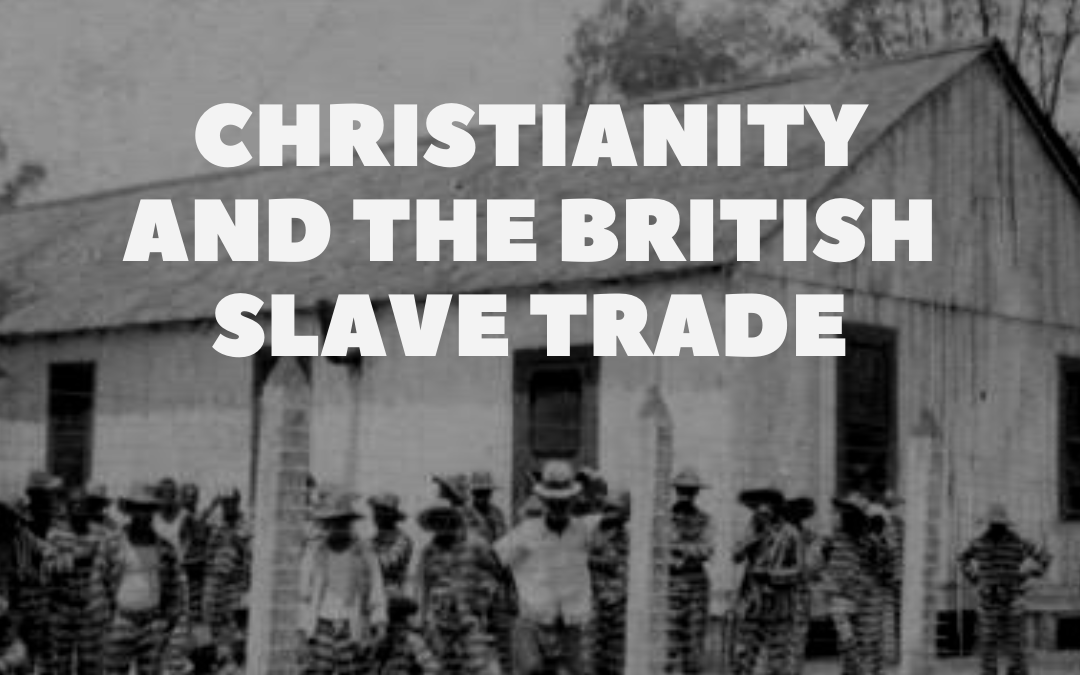Christians helped to end the British Slave Trade. But we forgot one of it’s greatest heroes: Thomas Clarkson
The British slave trade had several well-known enemies: William Wilberforce and John Newton (who wrote “Amazing Grace”) to name a few. But historian Adam Hochschild (“King Leopold’s Ghost”, “To End All Wars”) argues that history has largely forgotten the most valuable member of the abolition movement: Thomas Clarkson. Clarkson was in charge of gathering and disseminating information across the British Isles. He fought for years to end the slave trade and then slavery itself.
This movement is important for many reasons. It was the first to use logos, a coordinated marketing campaign, and it established a high bar for investigative journalism. It was also an ecumenical movement.
In this episode we explore slavery, the importance of slave rebellions, the power of ecumenical efforts, and the book “Bury the Chains“.
Helpful discussion questions:
- Had you heard of Thomas Clarkson before this episode?
- Do you participate in any cross-denominational movements? Where do you draw the line?
- Has your church ever participated in anti-racism movements?
- Was there any wisdom in ending the slave trade first?
- Why do you think John Newton didn’t give up the slave trade as soon as he became a Christian?
- Was it possible to be a Christian and own slaves?
- Do you think humanity will ever go back to slavery?
- Do modern payday loans keep people in bondage in the way that debt kept people in bondage in the 1700s?
Helpful links:
- Link to slave ship diagram (very interesting)
- Episode Photo from the Library of Congress. FYI – it is not from the correct era or place.
What ended the British slave trade?
- Slave revolts in places like Haiti
- The high cost of ending slave revolts
- Freedom was in the air after the American Revolution and the French Revolution
- Public opinion
- Women in the 1800s boycotted sugar to protest slavery


Where is the overhead picture of the slave ship
I totally dropped the ball on this one! Thanks for pointing this out. I put the link in the post and here it is for you: https://ocean.si.edu/holding-tank/images-hide/slave-ship-diagram